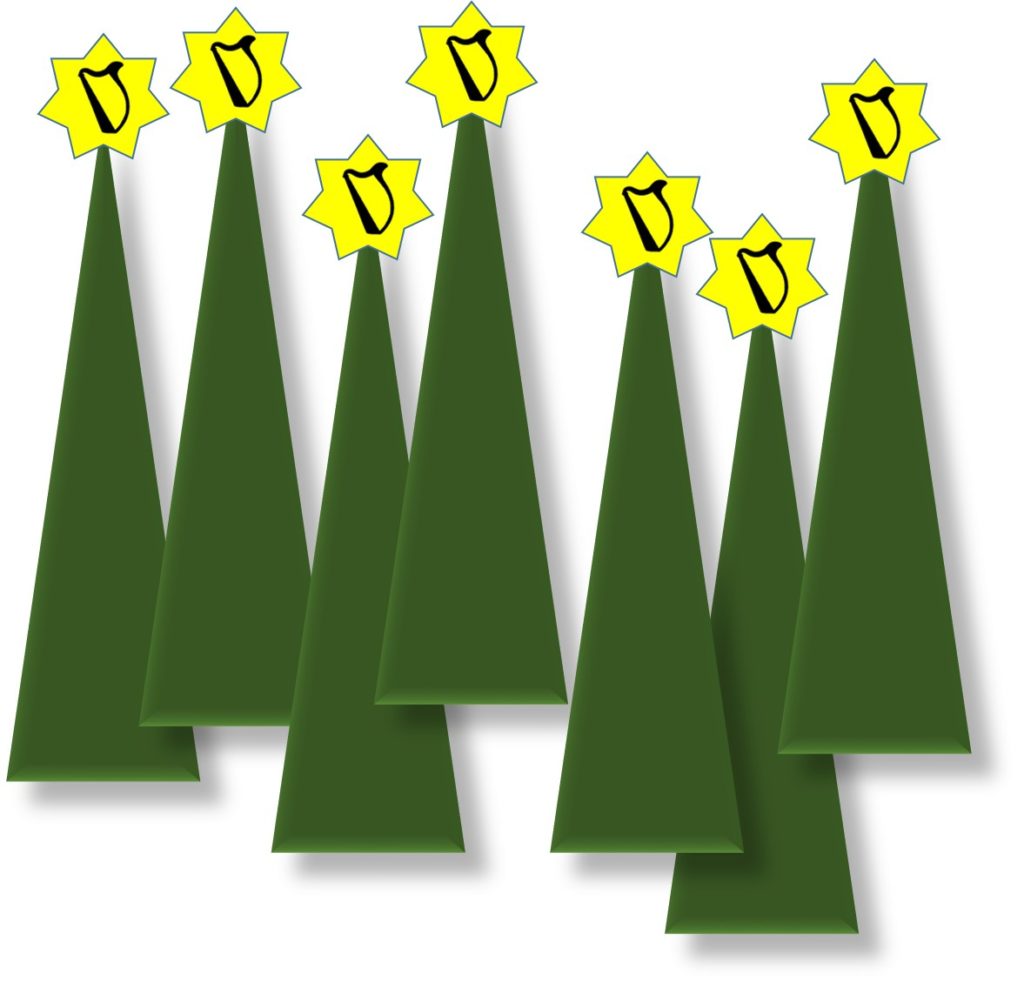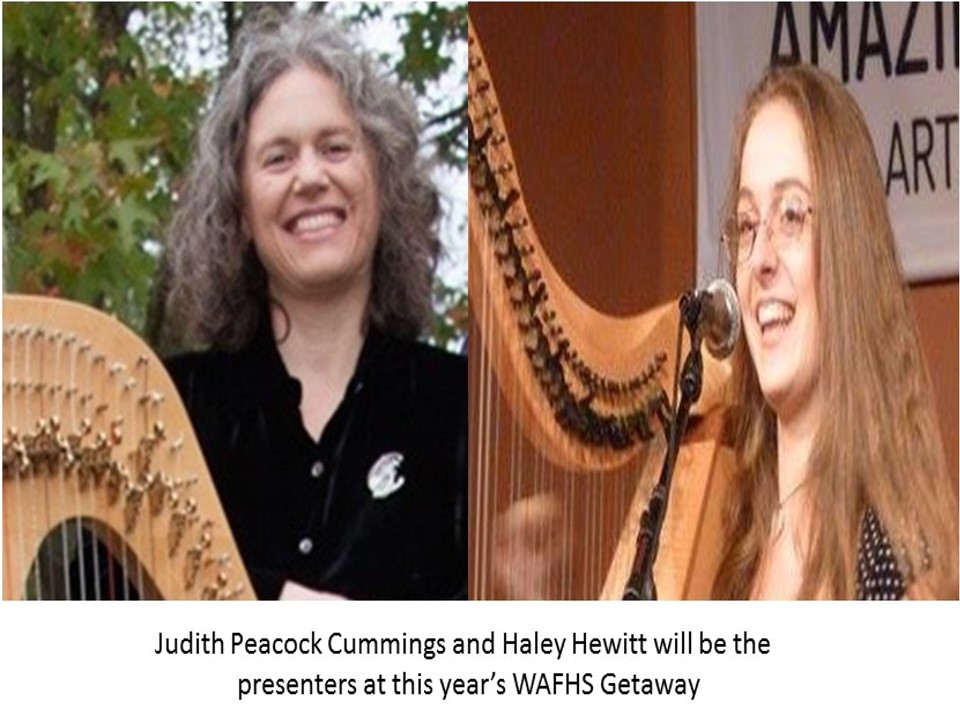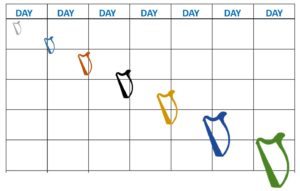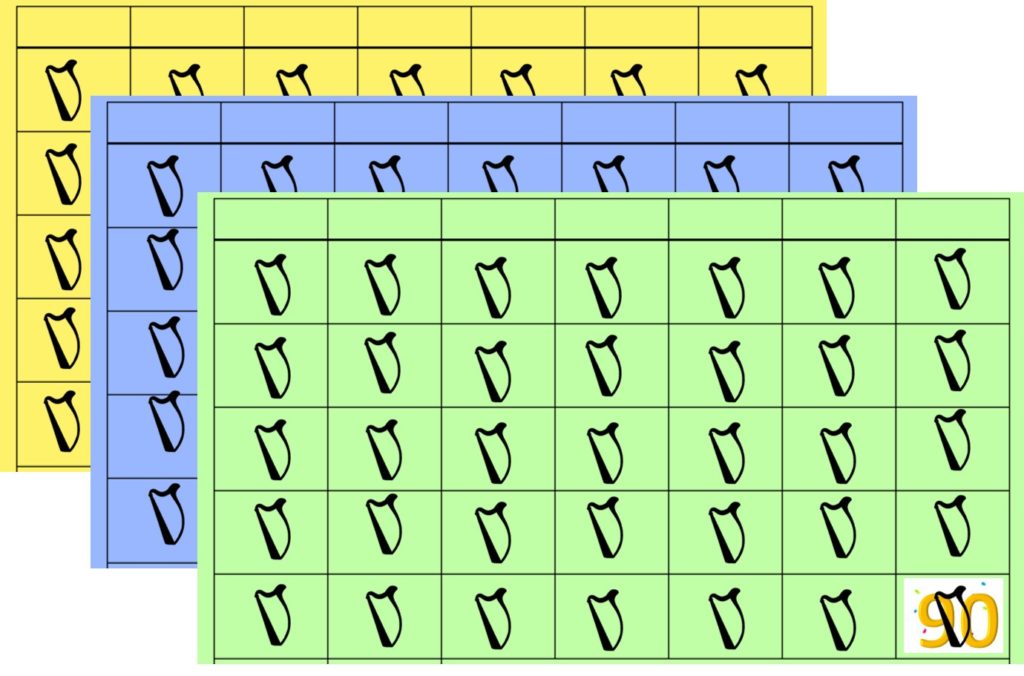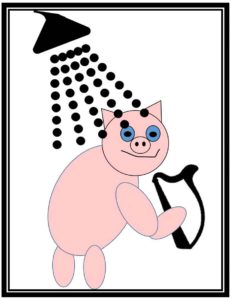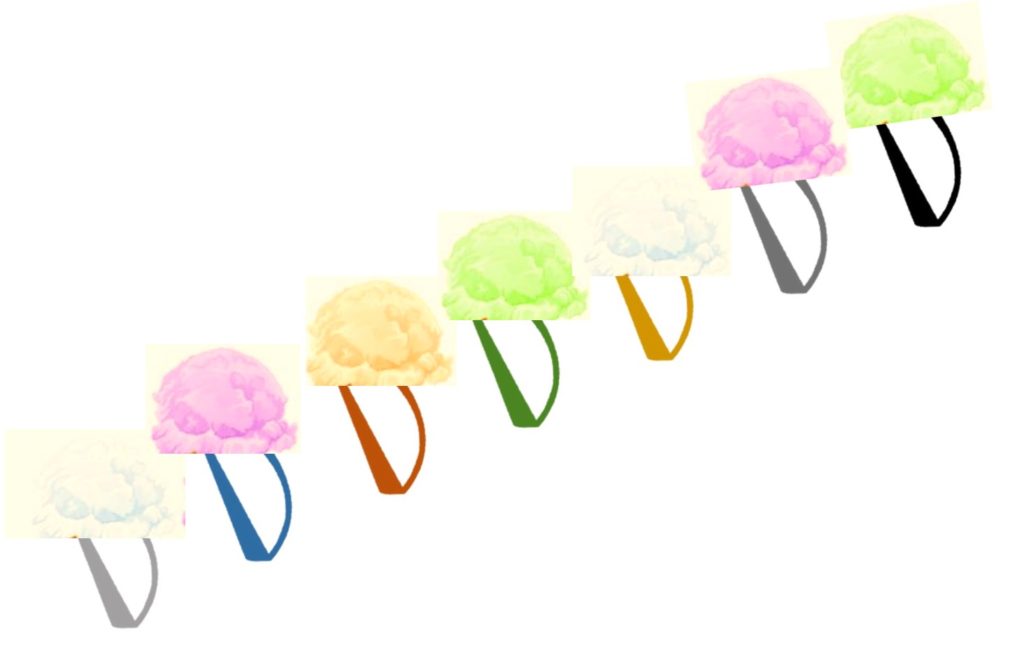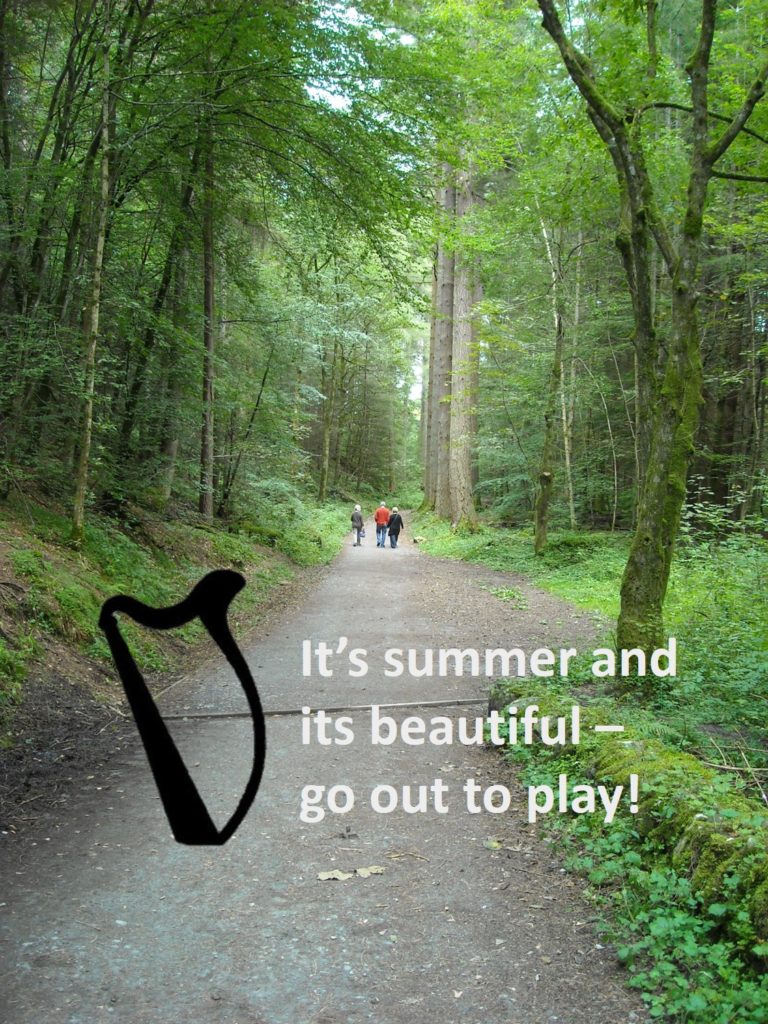Are you ready? We know it’s coming – it happens the same time every year. It’s easy to be only sort of excited. On the one hand, it’s easy – you know all the songs and you can kind of get away with playing the same stuff every year. On the other hand, that can get sort of boring, never learning anything new and always playing the same stuff.
So, what’s a harper to do?
Well, you could take the easy way out – no one would know. You’ll entertain your audience, even if it is the curtains and the cats. You will coast through the season and all will be well. You’ll play stuff you’re comfortable playing and your stress level can stay (relatively) low. But you would know you hadn’t learned anything new.
Or you can take the difficult way and play all new music – the crazy carol written in 12/8, that jazzy arrangement of your favorite post-war song, that new, lever change filled music that was published lately. You’ll have to work really hard (actually, you should have already started), you will be stressed out nearly every time you play and you will be uncomfortable until January! But you will know that you have stretched yourself.
Maybe the best path to take is the middle road – add some new pieces while continuing to play your favorites. That way, you can have a little growth, but from a strong base. You will know you have had a little stretch and you will still be able to perform confidently.
At your various outings, play those tunes your audience will be happy to hear. And don’t forget that nothing makes Christmas music more enjoyable than mixing it with other music. Even the cats will enjoy that!
